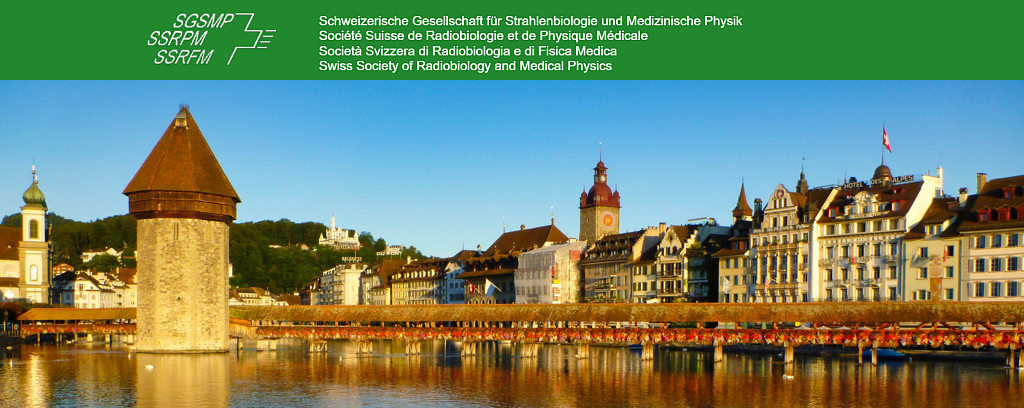Speaker
Description
Purpose
To evaluate the robustness of proton treatment plans to relative biological effectiveness (RBE) uncertainties based on target coverage and tissue toxicity using a normal tissue complication probability (NTCP) model.
Methods
Two different clinically used treatment planning techniques, a four-field and a six-field technique, combined with two optimization methods, planning target volume based and hybrid range robust, are assessed regarding their robustness to RBE uncertainties for four head and neck cancer cases. Two different RBE models, the McNamara and Wedenberg model, are combined with different tissue parameters and compared to the constant RBE model (RBE=1.1). Regarding assigning the tissue parameters, one can assign only to the GTV the tumour specific tissue parameter or to the whole CTV. In addition, there are different α/β ratios reported in multiple studies for the same tissue type. Two α/β ratios for healthy tissue (2Gy, 3Gy) combined with different ratios for the tumour tissue (8Gy,10Gy,12Gy) are investigated. The LET distribution and dose calculation are performed using Monte Carlo calculations (FRED GPU based).
Results
Overall, the investigated plans are sensitive to RBE uncertainties with deviations in NTCP values of up to +35% and -45% for the 𝑉95 endpoint. The Wedenberg model leads to a larger increase in NTCP values and a smaller decrease in target coverage compared with the McNamara model. Assigning α/β=12Gy compared to using α/β=8Gy for the target tissue leads to an additional target coverage loss of up to -30%. For the healthy tissue, using α/β=2Gy increases the NTCP value additionally up to +12% compared to α/β=3Gy. In addition, higher LET increases the RBE-weighted dose, hence, higher LET present in the tumour region can mitigate the effect of the high α/β ratio.
Conclusion
RBE uncertainties have been found to have a large impact on calculated NTCP and target coverage parameters. Therefore, it is important to consider the impact especially when comparing proton and photon treatment plans. Furthermore, using LET optimization could improve the robustness of the treatment plan to RBE uncertainties.

